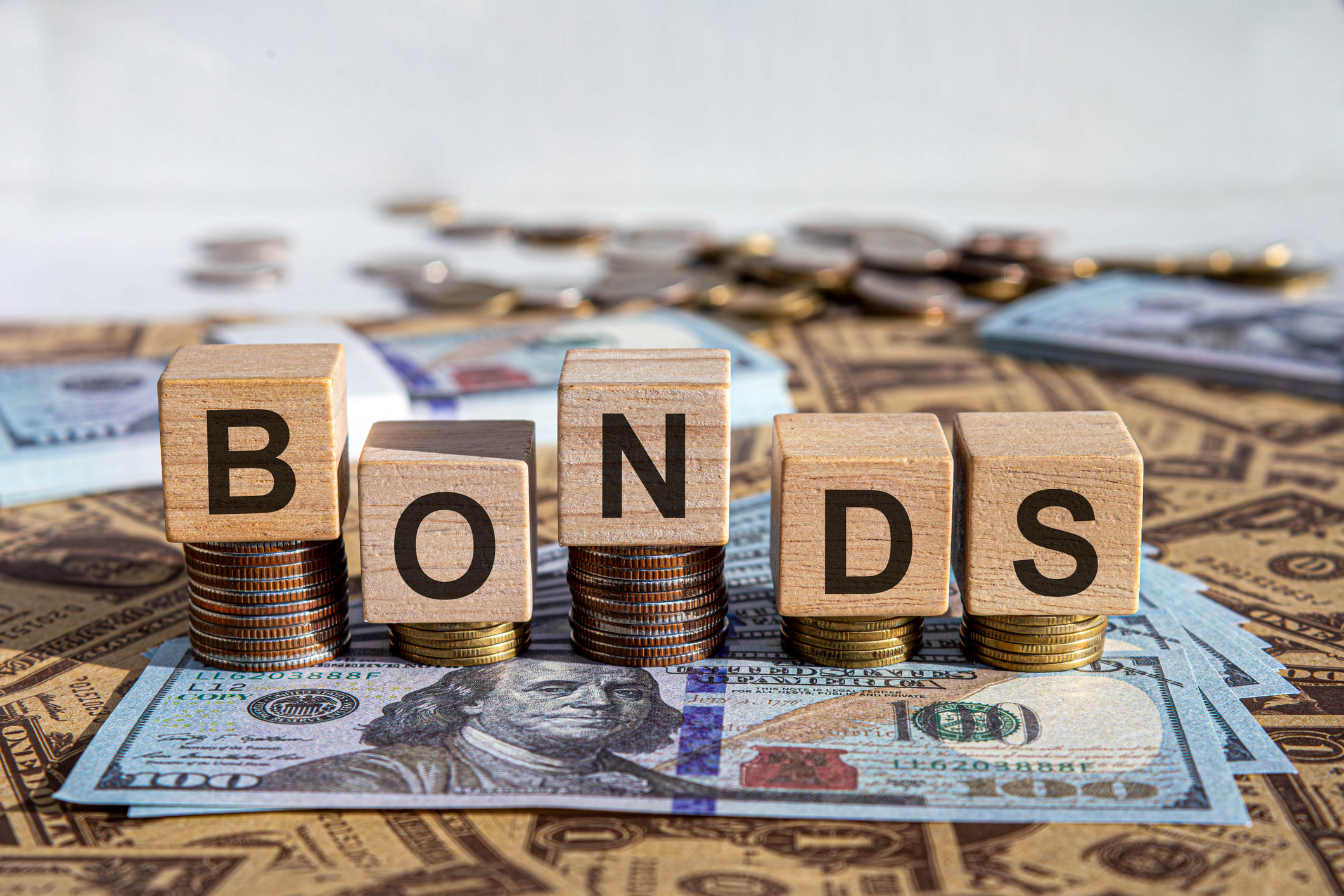Political Gridlock Equals Poor Stock Performance
Investors who want a do-nothing government may be in for an unpleasant surprise.

Unless lightning strikes, come Election Day the Democratic Party will no longer be king of the hill in the nation’s capital. Based on current polls, Republicans are almost certain to win a majority in the House of Representatives, and the GOP has a shot at taking the Senate as well.
Wall Street professes to love divided government. Why? Because when control of the White House and the two houses of Congress is split between the two parties, Washington is unlikely to enact major initiatives. As far as Wall Street pros are concerned, the less the government does, the better for the markets. “Gridlock would ensue, and no damaging legislation would be forced down investors’ throats,” says Sam Stovall, chief investment strategist at Standard & Poor’s.
But the conventional wisdom is dead wrong. Stovall looked at price performance for Standard & Poor’s 500-stock index under three scenarios: total unity, partial gridlock and total gridlock. He defined total unity as one party controlling the White House and both houses of Congress; partial gridlock as one party controlling the White House and the other controlling both houses of Congress; and total gridlock as one party on top in the House of Representatives and the other dominating the Senate.
From just $107.88 $24.99 for Kiplinger Personal Finance
Become a smarter, better informed investor. Subscribe from just $107.88 $24.99, plus get up to 4 Special Issues

Sign up for Kiplinger’s Free Newsletters
Profit and prosper with the best of expert advice on investing, taxes, retirement, personal finance and more - straight to your e-mail.
Profit and prosper with the best of expert advice - straight to your e-mail.
Total gridlock is the worst possible scenario. Unless Republicans win the Senate in addition to the House, it’s almost certainly the one we’ll get.
Consider the numbers: In a scenario of total unity, the S&P 500 gained an annualized 7.6% from 1900 through October 12 of this year (these numbers do not include dividends). In all years, the S&P rose an annualized 6.8% since 1900. Unified governments have been in place during 67 of the 111 years Stovall counted.
Under partial gridlock, which occurred in 32 years, stock-market returns were in line with average returns. The S&P 500 climbed an annualized 6.8% since 1900, exactly the same it did for that entire 111-year period.
The worst results occurred during the 12 years in which control of the House and the Senate was split. From 1900 through October 12 of this year, the S&P 500 gained only 2.0% annualized in those cases.
Stovall didn’t consider dividends because S&P doesn’t have records on them as far back as 1900. He doesn’t think inclusion of dividends would have changed the basic conclusions.
Another study, published in the Journal of Portfolio Management, came to a similar conclusion. It found lower returns, particularly for small-company stocks, during periods of gridlock from 1926 through 2000. Large-company stocks (the sort captured by the S&P 500) returned 0.8 percentage point per year less during periods of gridlock, a figure that the study didn’t consider statistically significant.
But the difference for small stocks was huge. In periods of unity, small stocks returned an annualized 23.5%, compared with 11.4% a year during periods of gridlock. “The fact that gridlock is viewed by some as positive for the market is a particularly cynical view of the impact of governmental fiscal policy on returns,” says Bob Johnson, coauthor of the paper and senior managing director of the CFA Institute.
Gridlock will be worse this time
Common sense argues that Stovall’s results are meaningful, especially today. He notes that he’s looking at results for only 111 years. It’s possible that the results are simply a coincidence. But under total gridlock, both parties spend their time jockeying for position in the next election -- and often neglect to address the problems that ail the nation. It could be just as ugly if the Republicans capture both chambers on Election Day and spend the next two years squabbling with Obama.
Take one example: the mortgage-foreclosure mess. Banks are under fire for failing to properly process foreclosure documents. Economists almost universally agree that the resulting delays in foreclosures are making the housing crisis worse -- because it’s taking longer to clear the market of unsold housing inventory. That’s why Congress quietly passed a bill that would have allowed banks to paper over their screw-ups. Politics, particularly pressure from Obama’s Democratic base, is why the president vetoed the bill. Kicking people out of their homes is unpopular, even if they haven’t made their mortgage payments for months. Under partial or total gridlock, Congress is unlikely to pass a similar bill.
Indeed, given the partisan vitriol coming from both sides of the aisle, gridlock in Washington will almost certainly get worse over the next two years. The standoff in the 1990s between President Clinton and former House Speaker Newt Gingrich will look like child’s play compared with what we’re likely to see the next two years. Little if anything will get done. “Wall Street hates uncertainty,” Stovall says. “A warring Congress will do nothing but instill uncertainty.”
Steven T. Goldberg (bio) is an investment adviser.
Profit and prosper with the best of Kiplinger's advice on investing, taxes, retirement, personal finance and much more. Delivered daily. Enter your email in the box and click Sign Me Up.

-
 Is a Cash Balance Plan Your Key to a Wealthy Retirement?
Is a Cash Balance Plan Your Key to a Wealthy Retirement?Cash balance plans have plenty of benefits for small-business owners. For starters, they can supercharge retirement savings and slash taxes. Should you opt in?
-
 Changes Are Coming for This Invesco Bond Fund
Changes Are Coming for This Invesco Bond FundThe Invesco BulletShares 2026 Corporate Bond ETF's bonds will mature in 2026. Here's what investors should do.
-
 What Science Reveals About Money and a Happy Retirement
What Science Reveals About Money and a Happy RetirementWhether you’re still planning or already retired, these research-based insights point the way to your best post-work life.
-
 ESG Gives Russia the Cold Shoulder, Too
ESG Gives Russia the Cold Shoulder, TooESG MSCI jumped on the Russia dogpile this week, reducing the country's ESG government rating to the lowest possible level.
-
 Morningstar Fund Ratings Adopt a Stricter Curve
Morningstar Fund Ratings Adopt a Stricter Curveinvesting Morningstar is in the middle of revamping its fund analysts' methodology. Can they beat the indices?
-
 Market Timing: The Importance of Doing Nothing
Market Timing: The Importance of Doing NothingInvestor Psychology Investors, as a whole, actually earn less than the funds that they invest in. Here’s how to avoid that fate.
-
 Commission-Free Trades: A Bad Deal for Investors
Commission-Free Trades: A Bad Deal for Investorsinvesting Four of the biggest online brokers just cut their commissions to $0 per transaction. Be careful, or you could be a big loser.
-
 Vanguard Dividend Growth Reopens. Enter at Will.
Vanguard Dividend Growth Reopens. Enter at Will.investing Why you should consider investing in this terrific fund now.
-
 Health Care Stocks: Buy Them While They're Down
Health Care Stocks: Buy Them While They're Downinvesting Why this sector should outperform for years to come
-
 Buy Marijuana Stocks Now? You'd Have to Be Stoned.
Buy Marijuana Stocks Now? You'd Have to Be Stoned.stocks Don't let your investment dollars go to pot
-
 4 Valuable Lessons From the 10-Year Bull Market
4 Valuable Lessons From the 10-Year Bull MarketInvestor Psychology Anything can happen next, so you must be mentally prepared.